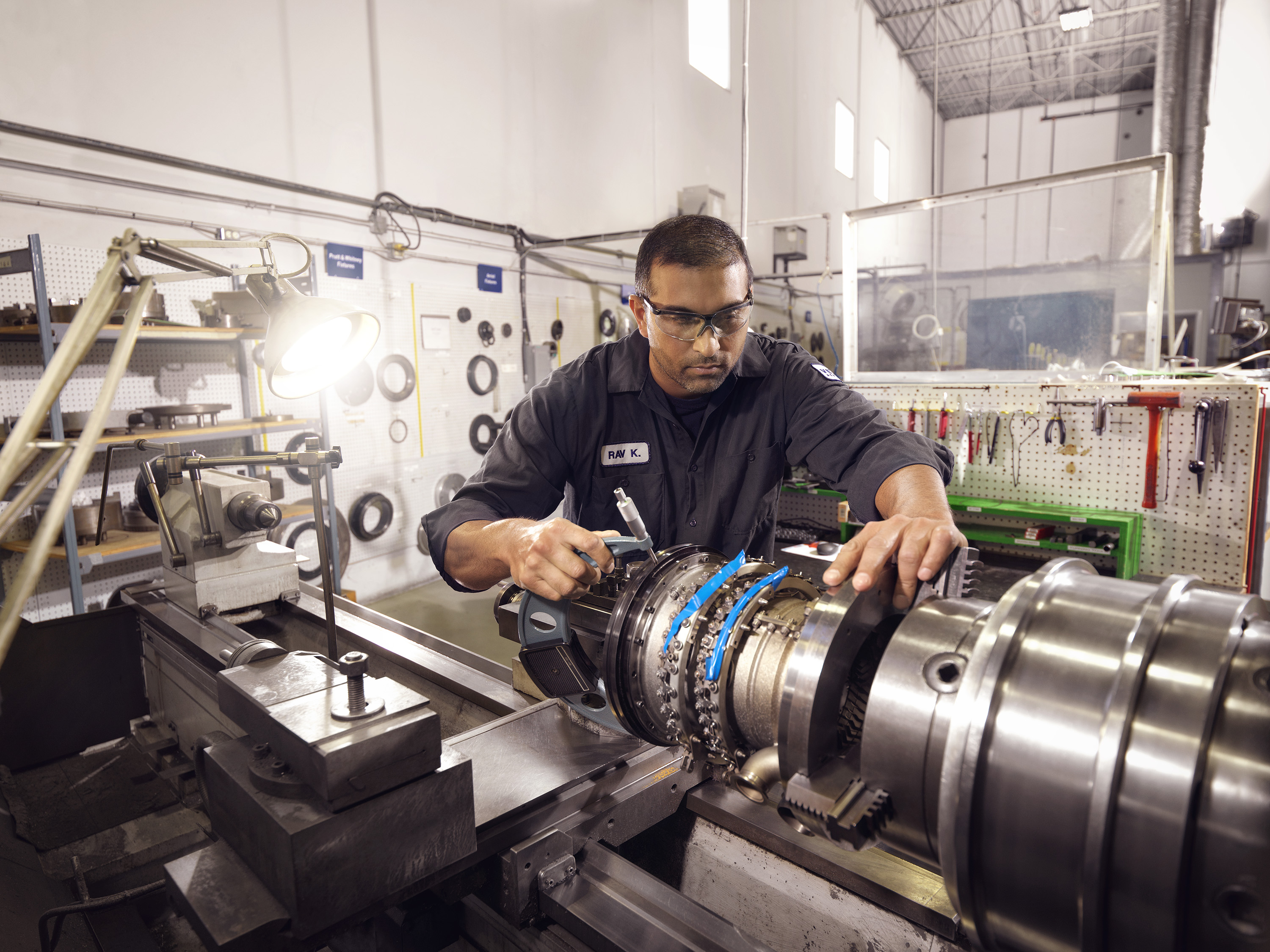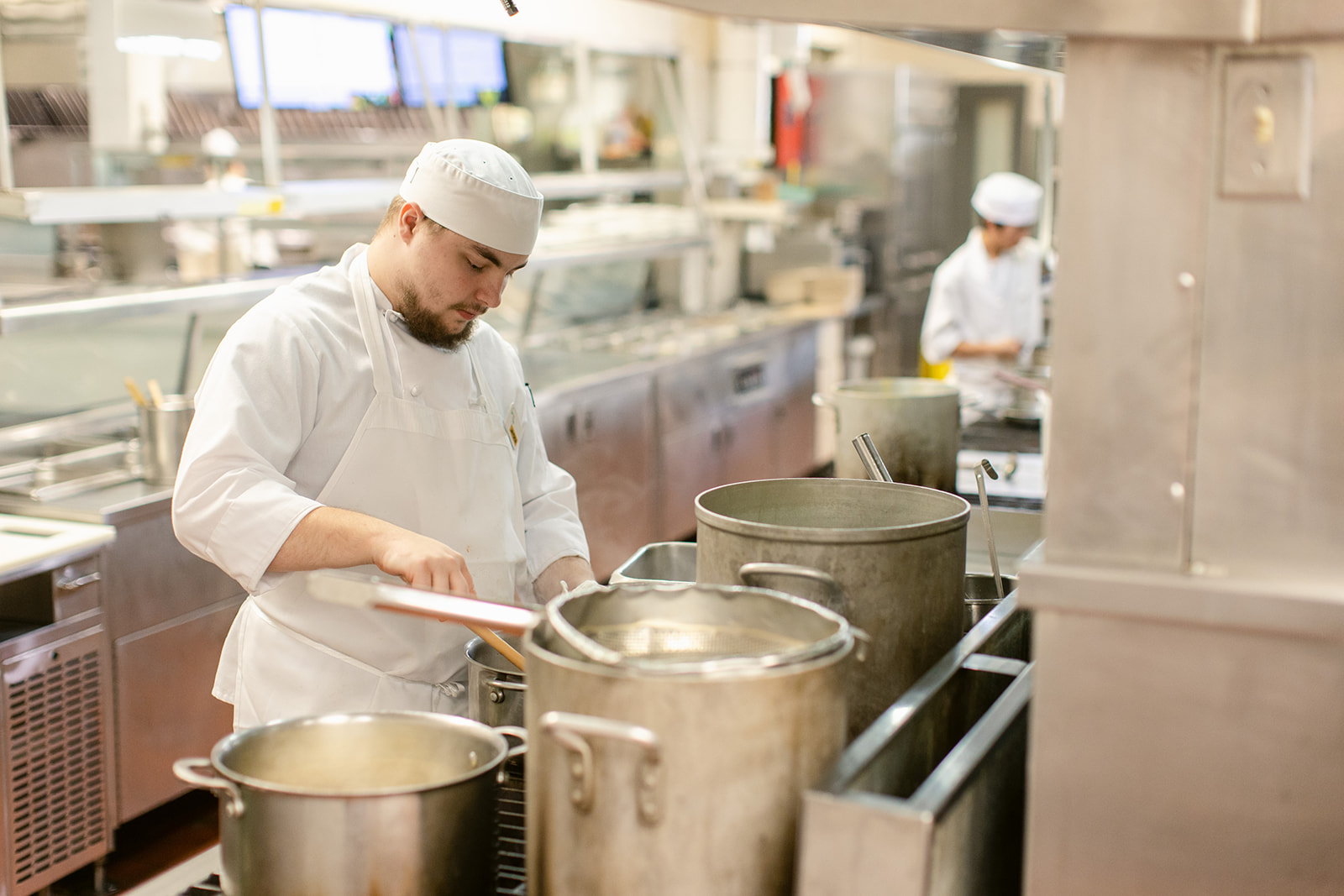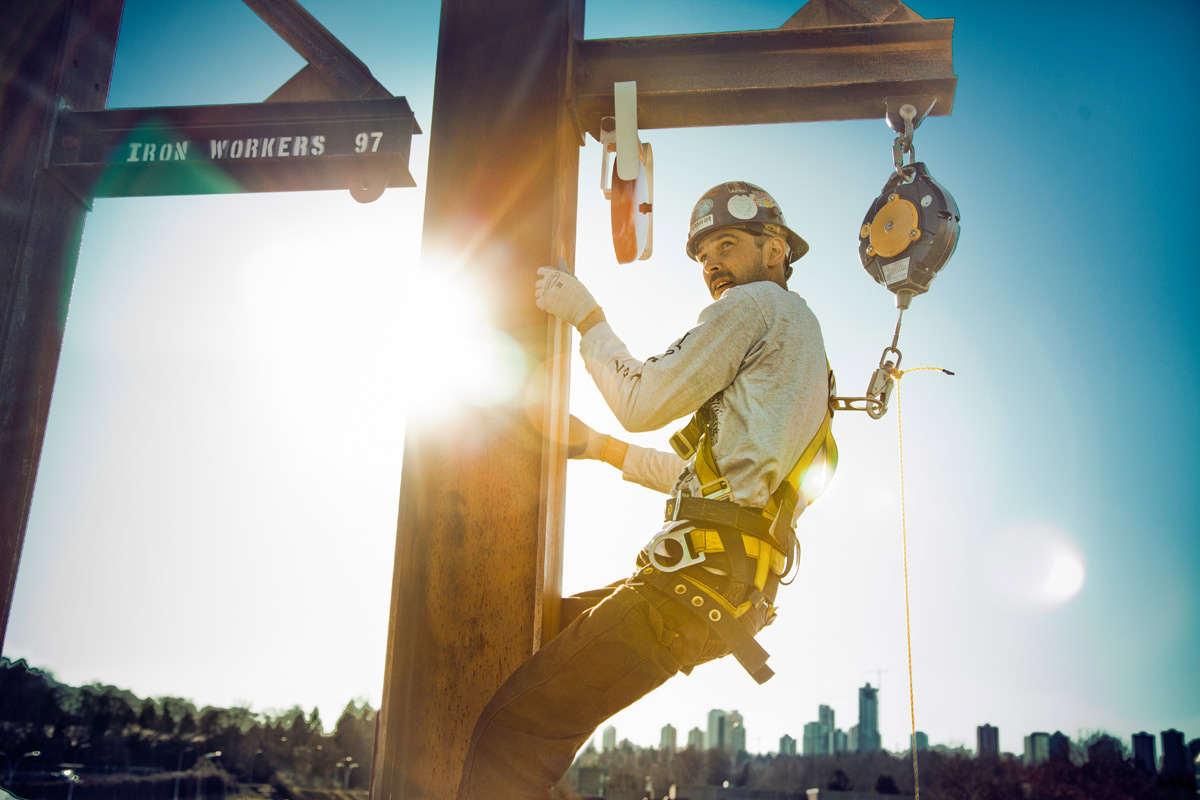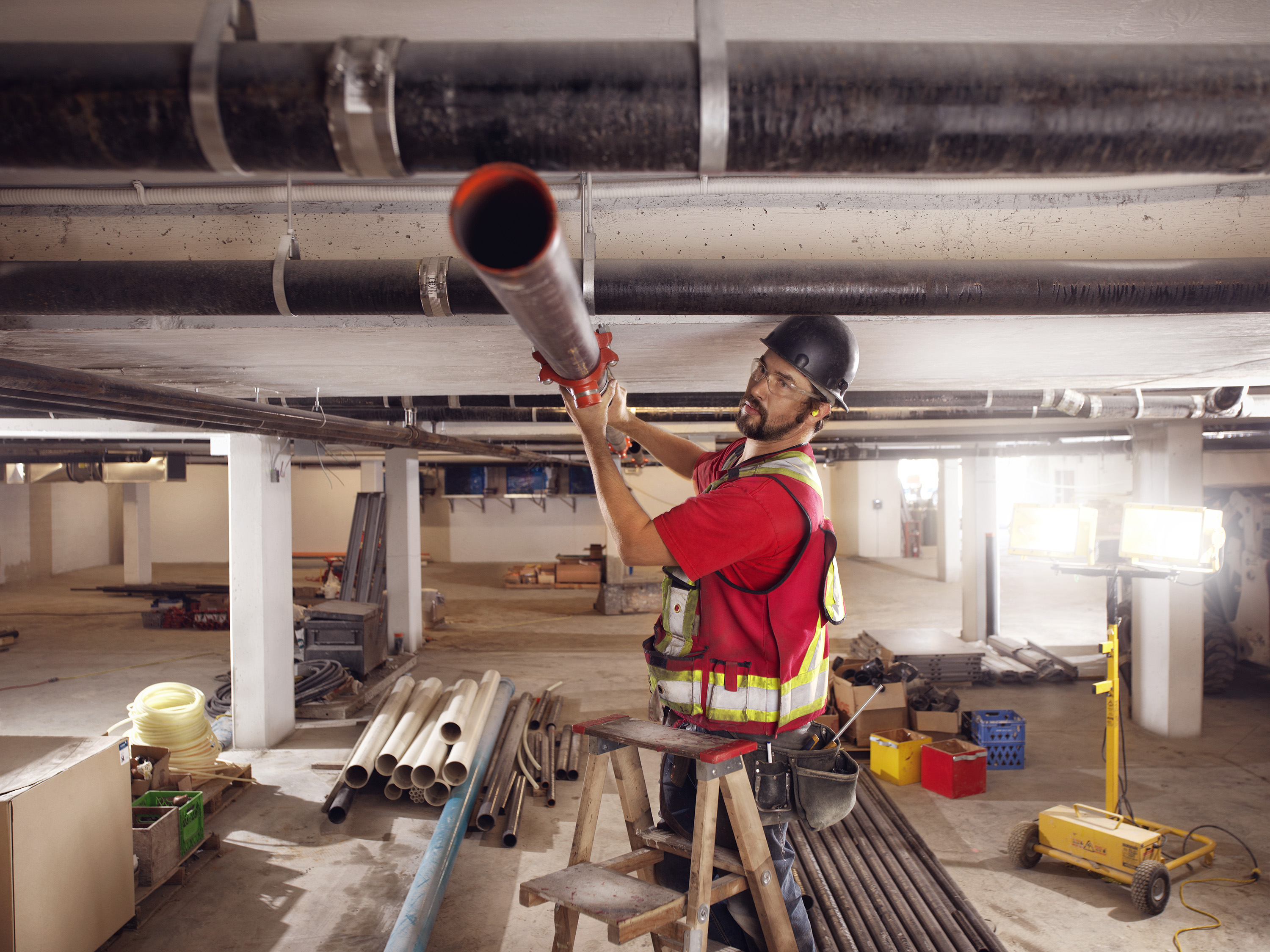Machinist
Machinist

- How to interpret blueprints and specifications
- How to program and operate a wide range of tools and equipment
- How to make parts or products
- How to inspect machine parts and tools for safety and quality
- How to adhere to safety standards
Machinists are the highly precise and tactile tradespeople who transform raw materials into precision parts that, when carefully combined with other components, power the machines that make nearly everything around us.
As a Machinist, you’ll work on a machine shop or manufacturing plant floor with tools like drill presses, lathes, and grinders. You’ll learn how to interpret blueprints and perform precise machining operations.
This role will require collaboration and math skills, as well as attention to detail as the components you create will be essential to the safe operation of a range of machines.
Program Updates
April 2023: Transition Update (Year 4)
March 2022: Transition Update (Year 3)
March 2022: Transition Plan (Version 2)
Harmonization Progress
Level 1: Harmonized*, April 1 2020
Level 2: Harmonized*, April 1 2020
Level 3: Harmonized*, April 1 2021
Level 4: Harmonized*, September 1 2021
*Harmonized = Program stream with re-aligned content beginning in April 2020
If you are unclear as to what program you are registered in, or unclear as to which program you should be following, please contact us.
Harmonized Program
Information & Resources
Harmonized Program
Information & Resources
Exam Information
AND RESOURCES
Find exam-related information and resources under each menu item below.
Updates:
- May 2022: OPSN 2022 008 (Harmonized Level 1 SLE Launch)
Information:
- Exam Breakdown
- Acronyms
- Code Book required: none
Updates:
- May 2022: OPSN 2022 009 (Harmonized Level 2 SLE Launch)
Information:
- Exam Breakdown
- Code Book required: none
Updates:
- To be implemented.
Updates:
- None
Information:
- Red Seal Occupational Standard
- Red Seal Exam Preparation Guide
- Red Seal Exam Breakdown (online)
- Red Seal Exam Breakdown (pdf)
- Code Book provided: none
Challenge the
Trade
Challenge the
Trade
Instructions
How to Apply
Application Form
Personal information and exams scheduling information (for challenge option)
Employer Declaration
Document of relevant work experience
Statutory Declaration
Attestation for self-employment/work experience when employer cannot be contacted
- Applied mathematics
- Hazardous materials handling
- Blueprint and drawing use
- Use of drilling machines, power saws, laths and milling machines
- Planning and fabricating
To get certified, you will need to sign up for technical training at an approved training provider in addition to on-the-job training.
Visit Trades Training BC and EducationPlannerBC for a comprehensive list of what programs are available in your trade at public and non-public schools.




